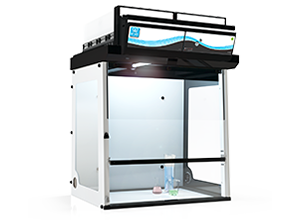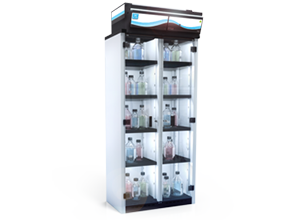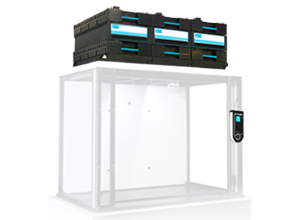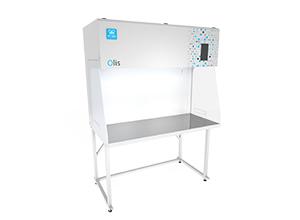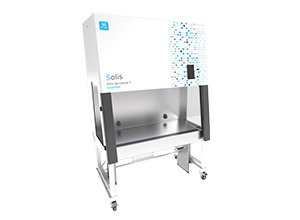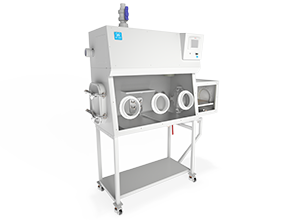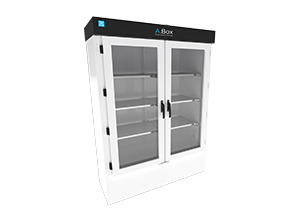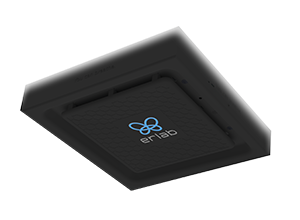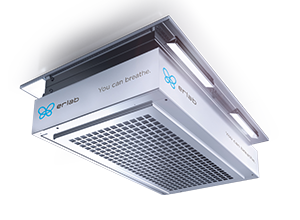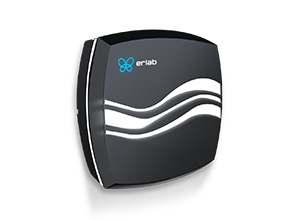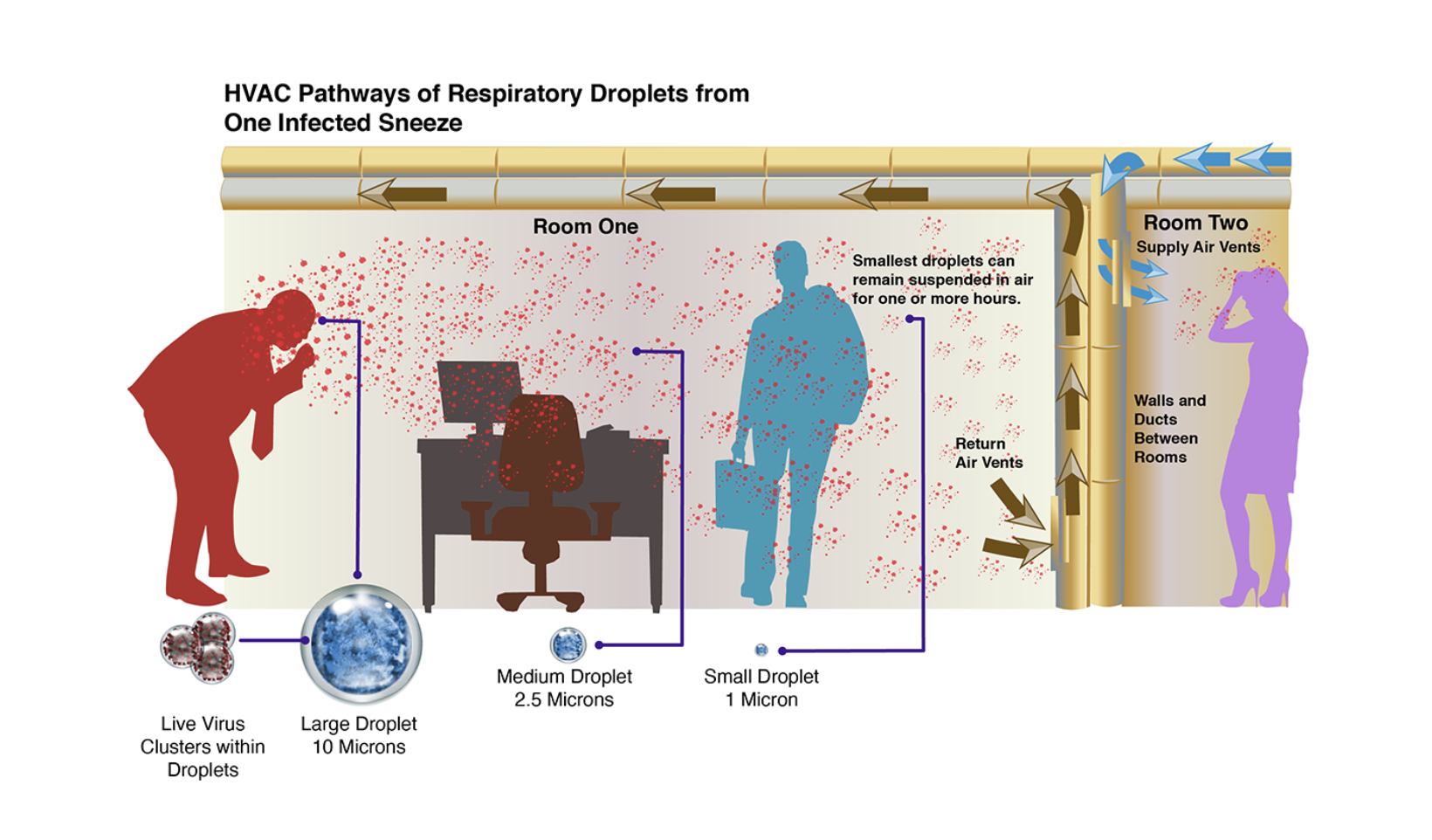Without a mitigation plan to capture the aerosolized small droplet nuclei, current measures are unequivocally, not enough.
Our Challenge
In 2015 there was a study on the global burden of disease which analyzed the link between PollutedCitySkypollution and disease. The findings were staggering, showing results that ambient exposure to PM 2.5 was the fifth ranking mortality risk factor, causing ~ 4.2 million deaths. PM 2.5 are tiny particles in the air that reduce visibility and cause the air to look hazy when levels are elevated. From this data we know that the impact on our health from the air we breathe is significant, and in fact can be fatal. If we take a deeper dive into the data, the challenges we face due to pollution are far greater than anyone could imagine.
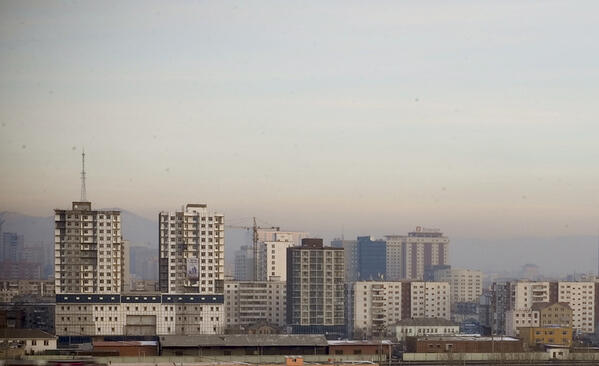
Fast forward to 2020 and the challenges we are facing with the global pandemic. As studies continue to prove, air pollution has a significant effect on the severity of cases, and worse, the mortality rate. We face a new challenge that should have been dealt with long before the pandemic, but is just now being acknowledged, and that is generalized air pollution. How are we going to create a safe environment for our kids to return to school, our buildings to be occupied and our lives to return to some resemblance of normalcy? What are the options available and are they effective, or do they just provide us with a false sense of security? This is no longer just about a virus, we are fighting against a global pandemic of pollution.
Focusing on SARS-CoV-2.
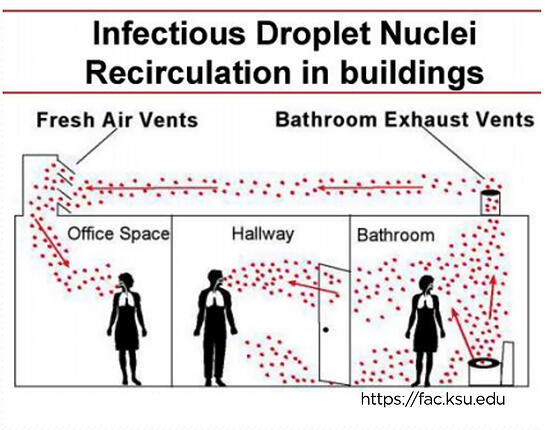
The CDC says Covid-19 is mostly spread by respiratory droplets released when people talk, cough, or sneeze. You’re already working hard to keep your surfaces free from contaminants and maintaining social distancing guidelines. However, that may be insufficient. Without a mitigation plan to capture the aerosolized small droplet nuclei current measures are unequivocally, not enough. The challenge is that the smaller droplets (particles) ranging from 10 microns to 0.125 microns, are not affected by gravity right away and drawn to the surface like the larger particles. These smaller particles remain suspended and stay in the breathing zone for up-to 1 hour, which increases the risk of airborne contamination.
Proper ventilation plays a crucial role in maintaining a healthy environment. You need to ensure your ventilation systems are operating properly, which includes correct Air Exchange Rate (ACH), MERV 13 or higher filters, clean to dirty directional air flow patterns, room balancing, fresh air dampers, and relative humidity control. Sound complicated? It is, and extremely expensive. In addition to cost, the time it will take for these upgrades, or installation to occur is significant. Time we don’t have.
Capturing and Containing Air Borne Viruses
Air purifiers can capture viruses in the air, helping to reduce the concentration in the room and reducing the potential for exposure. They also assist in keeping potentially contaminated air within one room, as opposed to operating off the premise of dilution followed by recirculation (see infographic). The majority of buildings have a centralized system, which means polluted air is distributed throughout the building before getting diluted, or filtered. This means that one contaminated persons nuclei could spread to many different area’s, which presents a serious risk to other occupants within the building.

The Solution
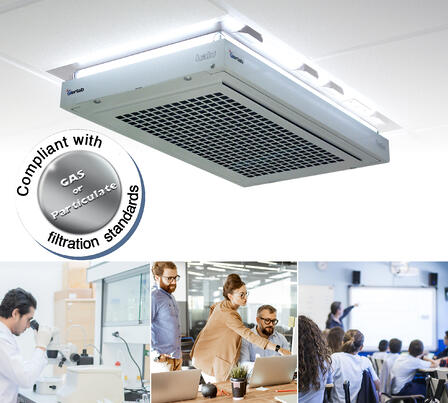
Capturing the aerosolized contaminants as close to the source is the key to ensuring the mitigation risk of any aerosolized contamination. With laboratory grade H14 HEPA, or molecular filtration and proper directional air flow patterns, this can be accomplished. With complete freedom from the building’s HVAC, your cost is reduced, installation is expedited and re-entrainment of contamination throughout the HVAC system is also mitigated.
Though we are all focused on the current pandemic, we must also look at the bigger picture of pollution and the impact this has on our overall health and unfortunately, the inevitability of another virus we must be prepared for. Reducing our exposure to PM 2.5 is a critical factor in not being susceptible to such viruses, but we also have to account for the cumulative exposure to the Volatile Organic Compounds (VOC’s) we are all exposed to everyday. These play a key role in our overall health and susceptibility to viruses today and in the future.
No longer should dilution be the solution. In fact, with this mindset, we are poisoning ourselves. Capturing and containing at the source of the problem is the best solution. By far, filtration is the best way to mitigate our risk in the building and outside the building, so we can all breathe safely!
About Erlab
As the Inventor of the ductless laboratory fume hood and worldwide leader since 1968, Erlab’s goal is to focus on the research/development, design, and manufacturing of cutting-edge toxic gas air filtration for your laboratory. Erlab has experience solving challenges just like yours.
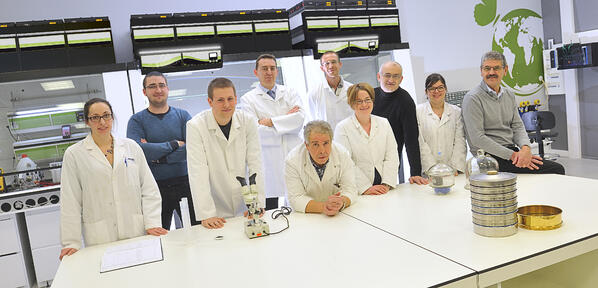
Additional Resources
epa.gov/coronavirus/will-air-cleaner-or-air-purifier-help-protect-me-and-my-family-covid-19
theintercept.com/2020/06/26/coronavirus-toxic-chemicals-pfas-bpa


